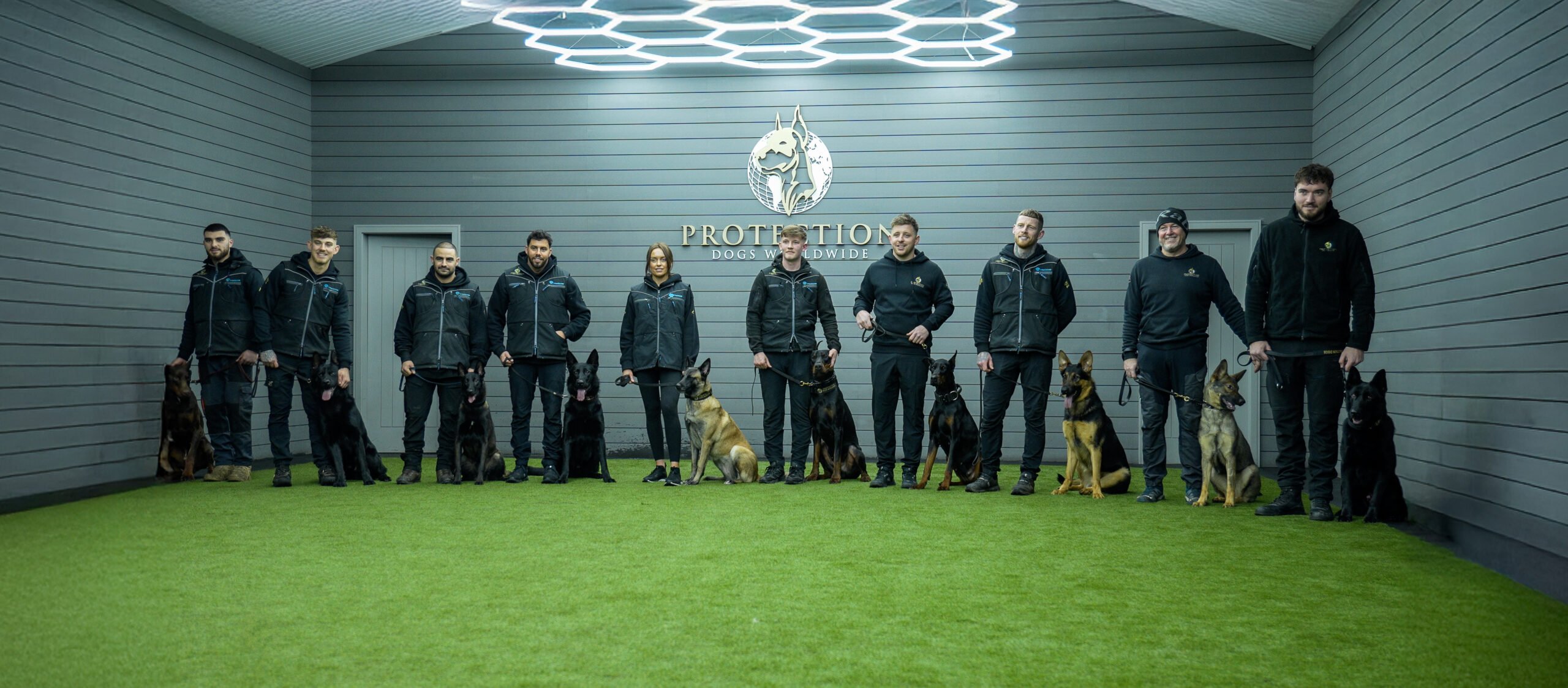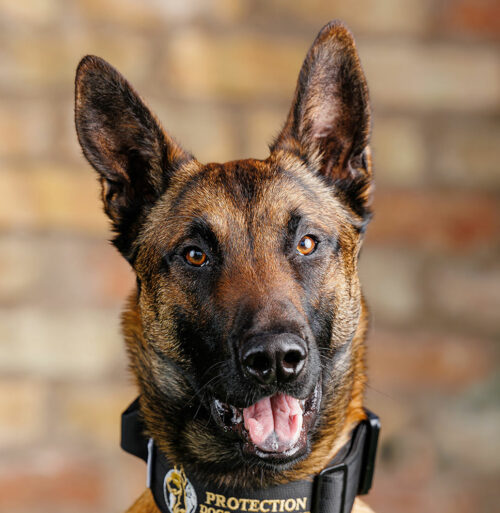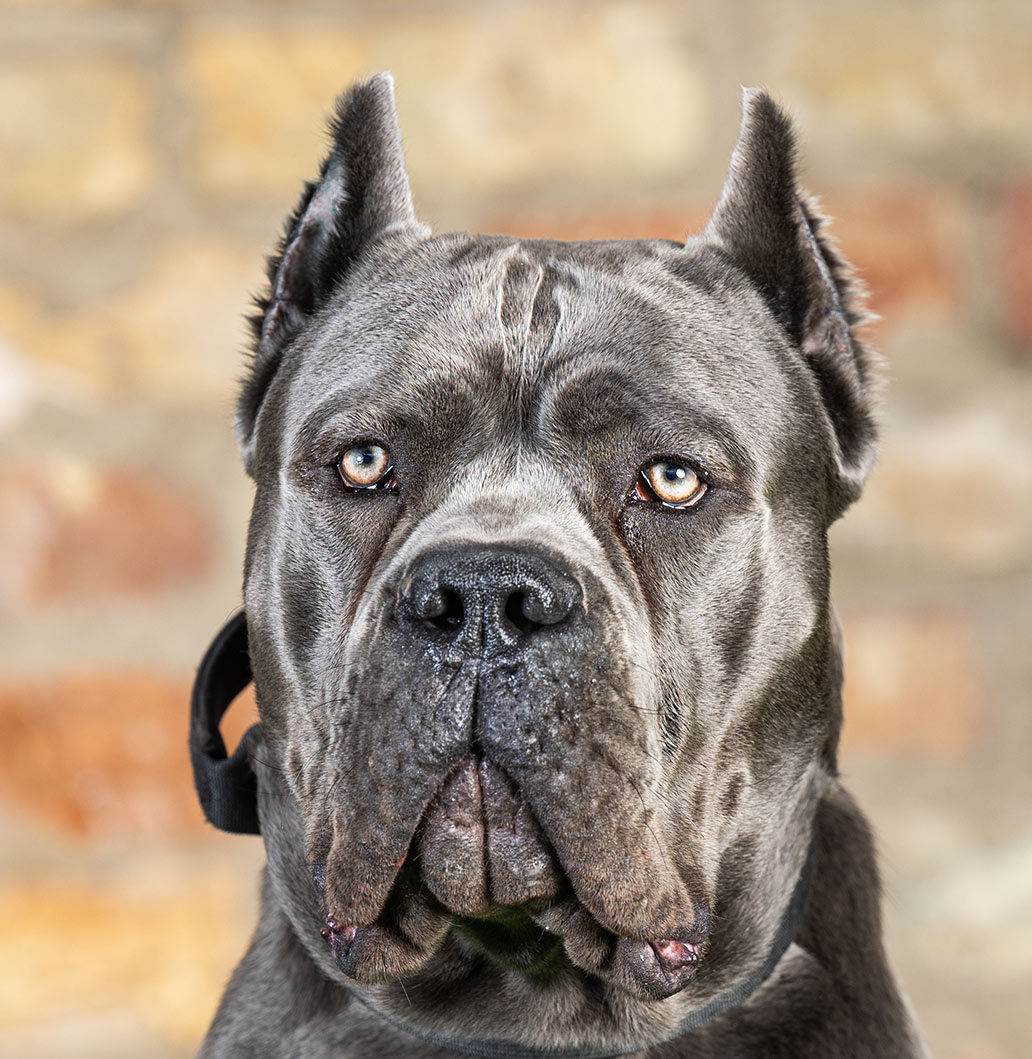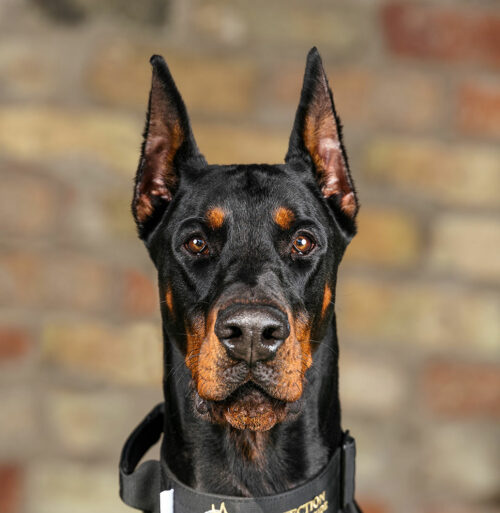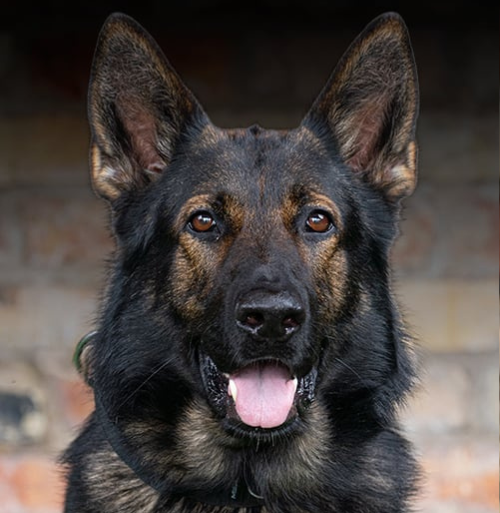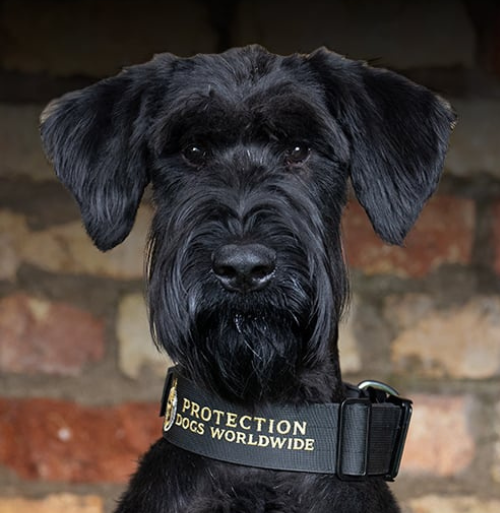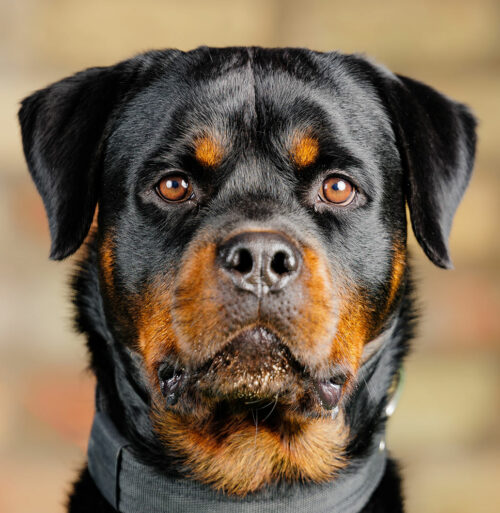25 November 2024
Owners should be aware of how to keep their dogs safe and comfortable in extreme weather, and winter is no different from the summer. Similarly to humans, dogs can fall ill during cold and wet weather so a little awareness and planning goes a long way in ensuring their safety throughout winter.
Although many breeds are naturally more comfortable than humans in colder weather, this should not be assumed and it is prudent to take all necessary precautions including canine winter jackets, protective boots for their paws, and even snoods to protect their ears in extreme conditions. Jackets and boots can make walks and outside time in winter far more comfortable for the dogs concerned, and it is important they remain active without forming negative associations with being taken for walks at this time of the year. If dogs become wet, it is imperative that they are dried off as soon as possible with failing to do so potentially leading to serious illnesses such as pneumonia.
Owners must also be mindful of winter-specific hazards their dogs need to be steered away from. Antifreeze is particularly toxic to dogs, and snowfall can hide iced over lakes, ponds, and rivers. We recommend – as with during the rest of the year – keeping dogs well away from any household chemicals, and always using a leash in snowy weather. Grit and salt can also irritate paw pads, so is best avoided where possible if you do not have access to protective boots.
Dogs have natural denning instincts, and these may become more pronounced in cold weather. Owners can facilitate these instincts by setting up “cozy corners” in warm spots around their home with extra blankets, bedding, and ideally raised off the floor. If it is too cold and wet to exercise outdoors, indoor enrichment becomes particularly important and we recommend using puzzle feeders, hiding treats around the home to be sniffed out, and extra access to chew toys to keep dogs happy and mentally engaged.
 English
English
